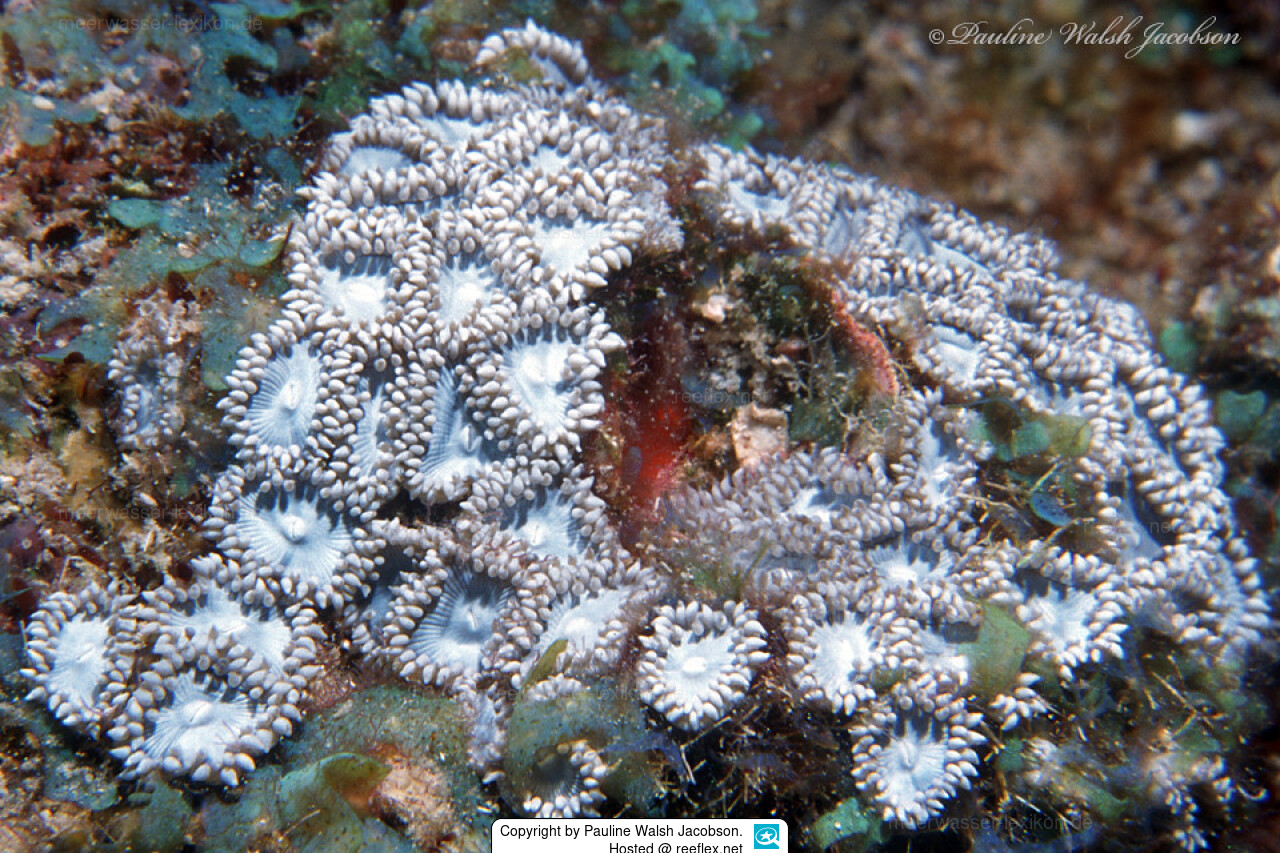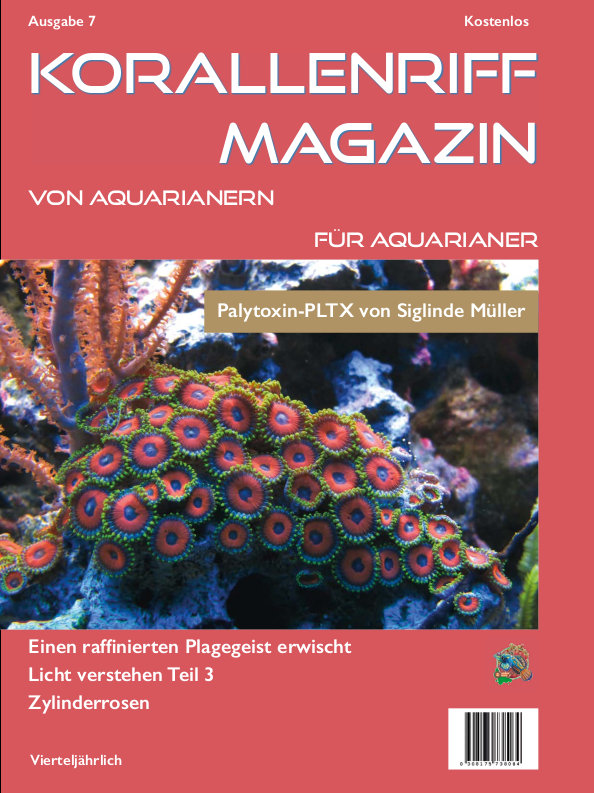Info
This mat zoanthids can be found around the Tropical Western Atlantic Ocean: Caribbean, and the Bahamas. Inhabits rubble, rocky areas and reef flat surfaces in coastal bays and lagoons near the surfaces experiencing wave action.
Synonymised names:
Zoanthus anduzii (Duchassaing & Michelotti, 1860)
Zoanthus auricula (Lesueur, 1817)
Zoanthus nymphaeus (Lesueur, 1817)







 Pauline Walsh Jacobson, USA
Pauline Walsh Jacobson, USA
























